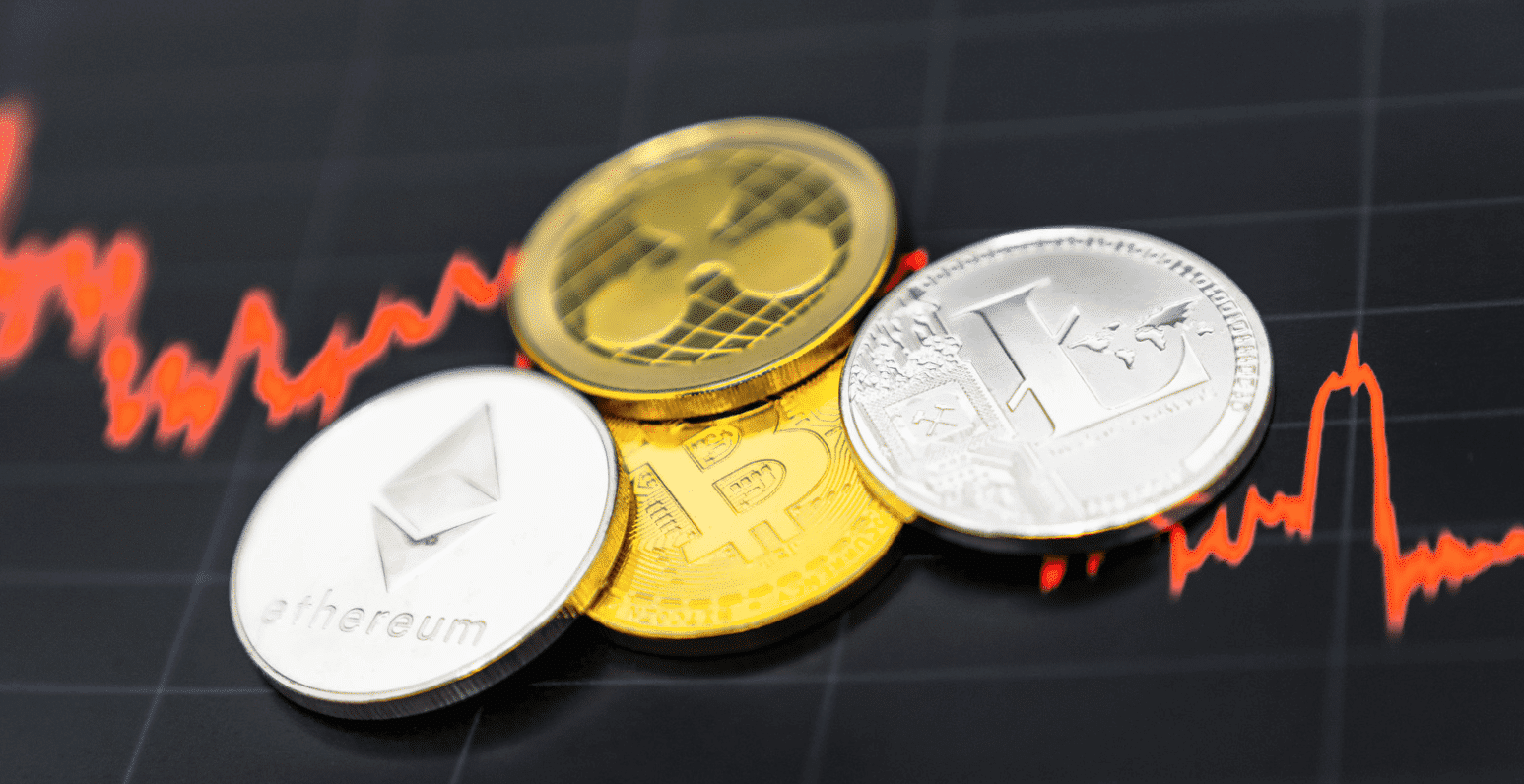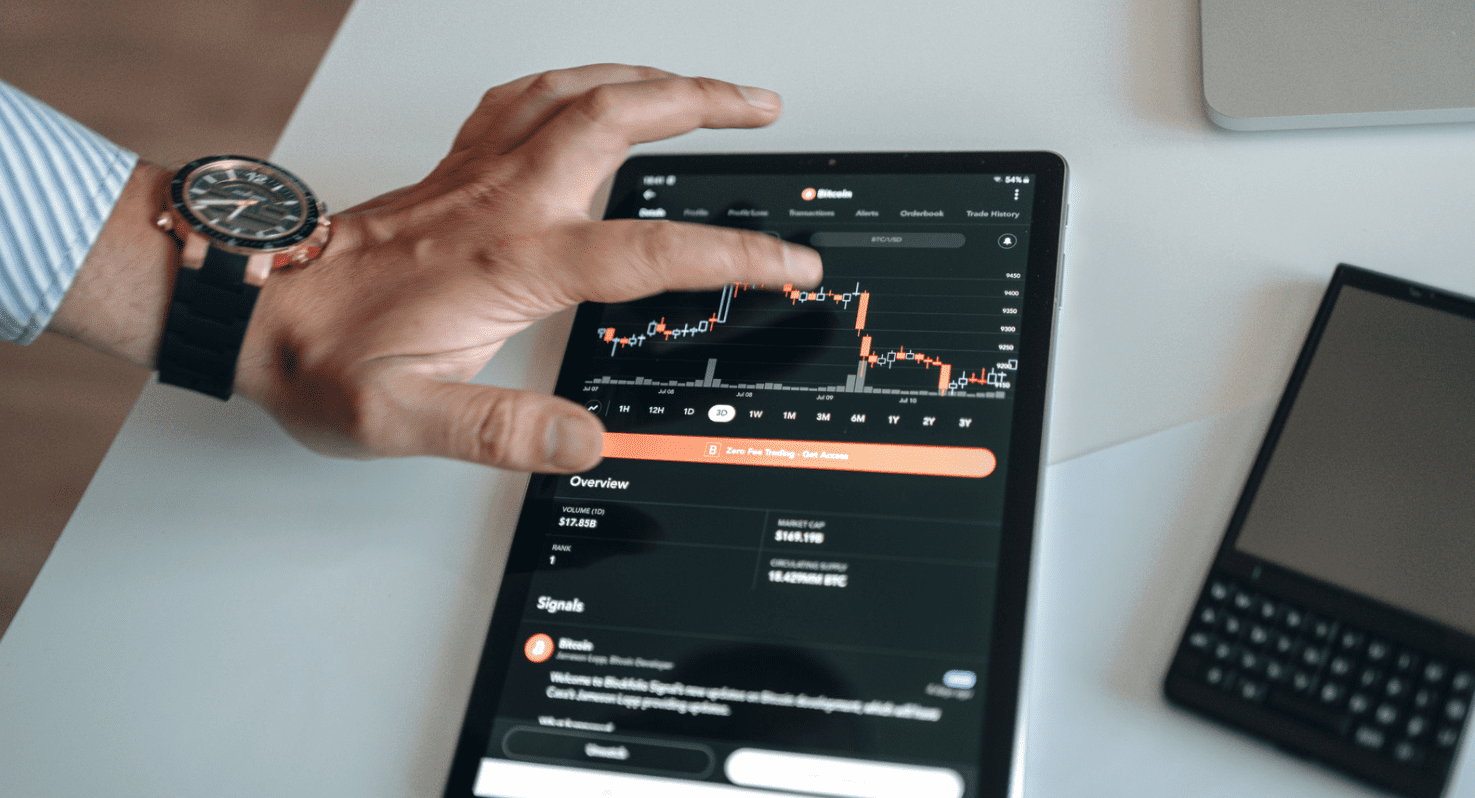Key Takeaways
- Slippage refers to the difference between the expected price and the actual price at which a trade is executed in a financial market.
- Slippage in crypto trading is more significant due to high volatility and low liquidity of some cryptocurrencies.
- Slippage can be calculated using a formula, and traders can avoid it by placing limit orders instead of market orders.
- Understanding slippage and using appropriate measures can help traders reduce the risk of losses when trading cryptocurrency.
Anyone who has traded in any financial market will be aware of slippage and its impact on a trade, but the effects of slippage are felt more in crypto trading due to certain unique characteristics. For traders - whether new or professional - wishing to reduce the risk of losses when trading cryptocurrency, understanding slippage and how it can affect trades, is crucial.
What is slippage?
Slippage occurs when a trade is executed for a different price than what was originally ordered. In this case, slippage refers to the difference between the price a trader expects for a trade and the price at which the trade is completed. For example, trader X wishes to buy 50 units of a coin for $10 and expects to pay $500 but before their order is executed, the price for such coin increases to $11. Instead of paying $500 as expected, trader X will now have to pay $550.
However, this isn't the end of the definition as slippage can be divided into two main categories; both of them can affect your trading strategies and the way you trade. The first is positive slippage which this gives traders an advantage when buying. For positive slippage, the actual price at which a trade is executed is lower than the expected price which gives traders better buying rates and allows traders to make more profits. In the case of negative slippage, the purchase price is higher than expected by the trader and without adequate measures in place, it opens a trader to massive risks.
It is important to remember that slippage does not show any negative or positive price movement for cryptocurrency; all it does is indicate the difference between the intended price and the actual price of a trade.

Why slippage occurs in cryptocurrency
Slippage happens due to dramatic changes in the price of markets, which is particularly common when trading crypto due to its high volatility. The prices of cryptocurrencies are constantly fluctuating which means that it is highly likely for the bid-ask spread of a coin to change before the trade is executed. This change can either be favorable or otherwise. The volatility of cryptocurrencies is due to their speculative nature and relatively short existence, and any announcement in world news or a sudden change in Bitcoin value causes dramatic price changes.
Another reason why slippage occurs when trading cryptocurrency is due to low liquidity of some cryptocurrencies. Some currencies are not traded as often as others due to their low popularity, leading to lower liquidity. When a cryptocurrency has low liquidity, there are few buyers and sellers, so if you place a large order, the price will change a lot as your order fulfils several people's limit orders, pushing the price further from the original point.

Calculating slippage in crypto
Calculating slippage on any trade is important as it gives you an idea of the losses incurred and how you can limit it in the future, which can be difficult due to the volatile nature of cryptocurrency. In general, slippage can be calculated using this formula:
$ of slippage/ (limit price – expected price) x 100 = slippage %.
Most trading platforms display the slippage as a percentage but it can also be expressed as a dollar amount. To calculate the dollar amount of slippage, all you have to do is subtract the expected price from the average execution price and you can verify the percentage shown on your trading platform, by using the formula given. Also, this formula assumes that a trader is using a limit order instead of a market order when trading.
How to avoid slippage in crypto
The easiest way to avoid slippage is to place a limit order when you are buying or selling crypto, as opposed to a market order. Market orders are always fulfilled immediately, which means in an illiquid market, the price will change as your order is executed. When you place a limit order, you have already set the maximum price you are willing to pay (or the lowest price you are happy to sell at), so instead of encountering slippage, your order may take longer to be fulfilled, or it may not be fulfilled altogether.
Conclusion
Unlike how some traders perceive slippage, it does not always indicate something negative, and being smart and using limit orders on a trade is a good way to protect yourself from potential losses. The only downside to this is that your limit order may not be met, leaving you with open orders and missed opportunities.
Marketplacefairness.org provides all its content for informational purposes only, and this should not be taken as financial advice to buy, trade or sell cryptocurrency or use any specific exchange. Please do not use this website as investment advice, financial advice or legal advice, and each individual's needs may vary from that of the author. This post includes affiliate links with our partners who may compensate us.
To view our privacy policy read this breakdown.

